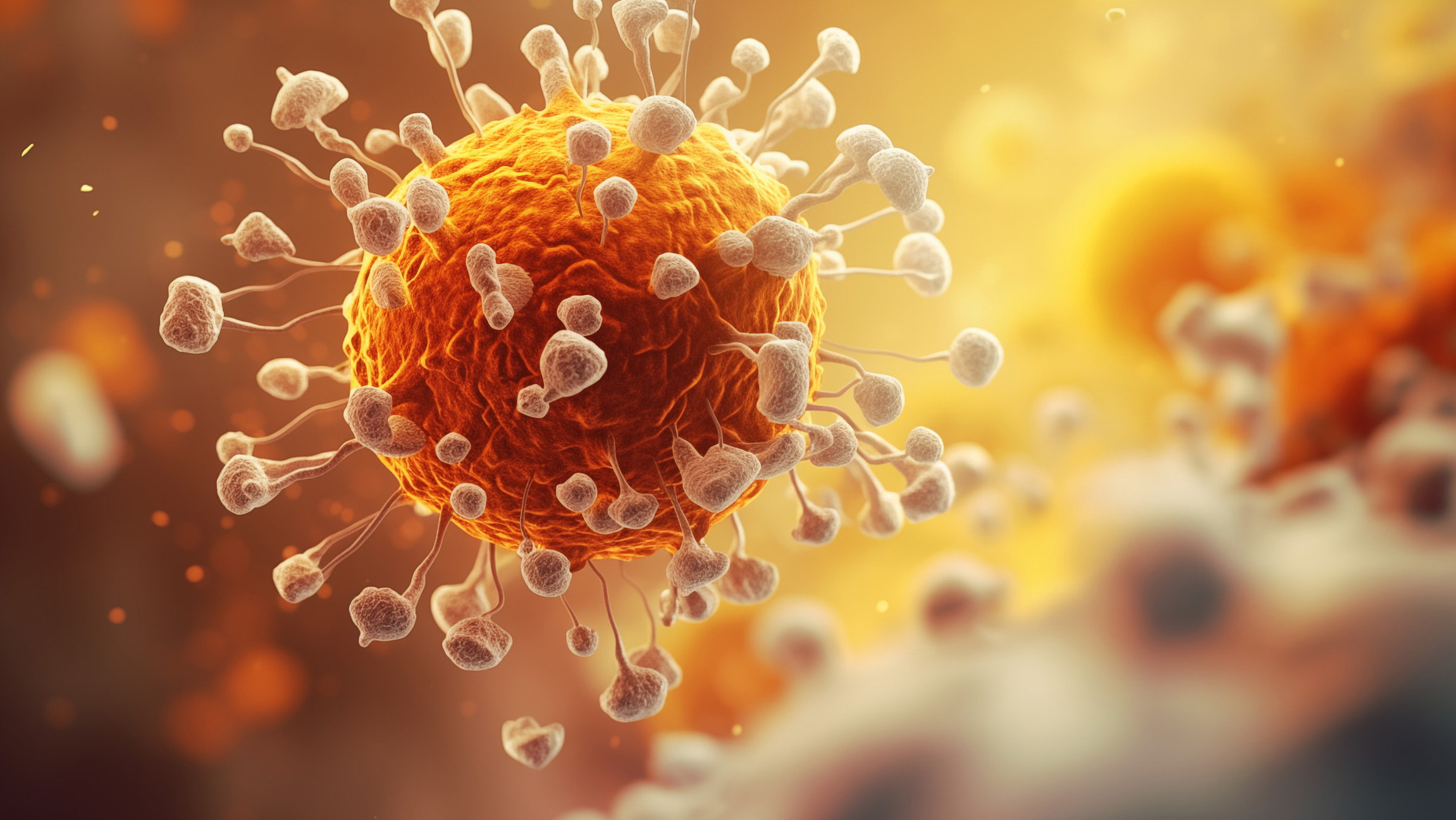
Macrophage cells are the immune system’s frontline soldiers, early on the scene to protect the body from foreign invaders. These cells answer the immune system's critical question for the rest of its troops: friend or foe?
As critical responders, macrophages can perceive helpful biotechnology as threats. If not created with the right materials or mechanical forces, these devices can trigger an immune response that can cause inflammation, scar tissue or device failure.
But what is the right material or the right mechanical force? In a meta-analysis co-led by Dr. Abigail Clevenger, a biomedical engineering graduate student at Texas A&M University, researchers emphasize that context matters.
“Not any one force does the same thing to macrophages everywhere in the body,” said Dr. Shreya Raghavan, co-author and biomedical engineering assistant professor. “For example, your lung inflates and deflates, so the macrophage in the lung is already used to those forces and has some adaptations to those mechanics. But what a macrophage in the lung adapts to is different from what a macrophage in the uterus or gut adapts to.”
Now a postdoctoral fellow, Clevenger co-led the article with Dr. Aakanksha Jha, a University of Maryland postdoctoral fellow. Jha's advisor, Dr. Erika Moore, was also a senior author on the study. The article, published in Trends in Biotechnology, highlights the need to understand macrophage cell behavior to potentially open doors for new or improved biotechnology and targeted immunotherapy treatments.
It's not a one-size-fits-all; you have to take everything into context, but that's the power and beauty of engineering. You can break it down and study fundamentals, then build it back up in complexity.
“When you design immunotherapy for colorectal cancer, for example, you can't just design a solution in a dish where there's no mechanics,” said Raghavan. “Mechanics change the way macrophages behave. Your design solutions must take into account that these are mechanosensitive cells. The consequence of not doing so means that the very same macrophage that can help devices function in the body may also perceive harmful tumors as friends and allow them to propagate.”
According to Raghavan, the review critically summarizes advances in research findings in interactions between biotechnologies and macrophages from the past four years.
“We felt like there was a critical mass in scientific advancement that we were excited to put it together,” she said. “Even five years ago, this was a significant knowledge gap, but with integrated tools between biomedical and tissue engineering and molecular and computational biology, there is so much more data. It's beautiful.”
In a more personal application, Raghavan wears a continuous glucose monitor that she switches out every two weeks due to the immune system response to the foreign materials eventually making the readings unreliable. She hopes the knowledge gained through the review article can help her lab better determine steps for adjusting medical devices – like the continuous glucose monitor – for an improved immune response.
“It's not a one-size-fits-all; you have to take everything into context, but that's the power and beauty of engineering,” Raghavan said. “You can break it down and study fundamentals, then build it back up in complexity.”